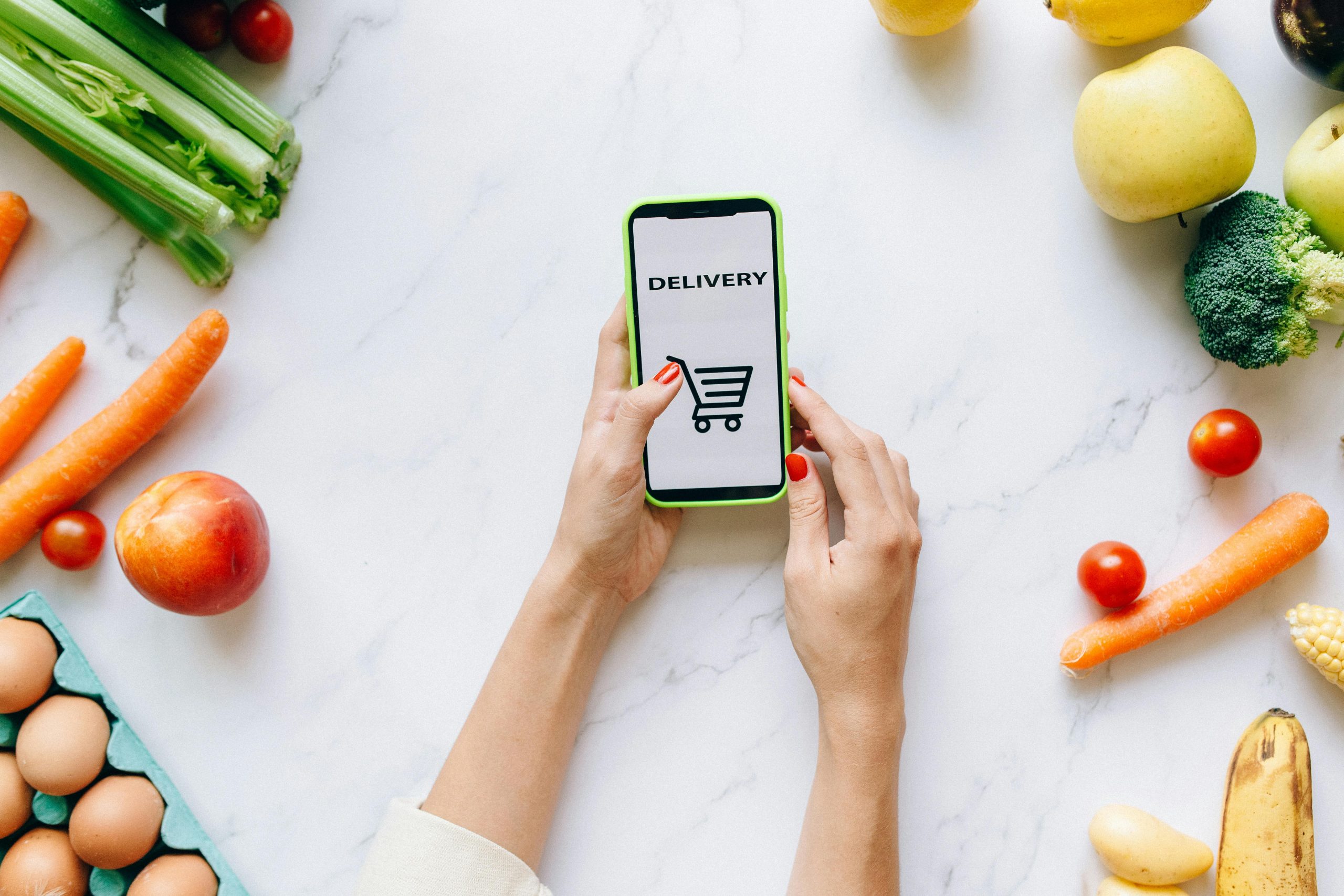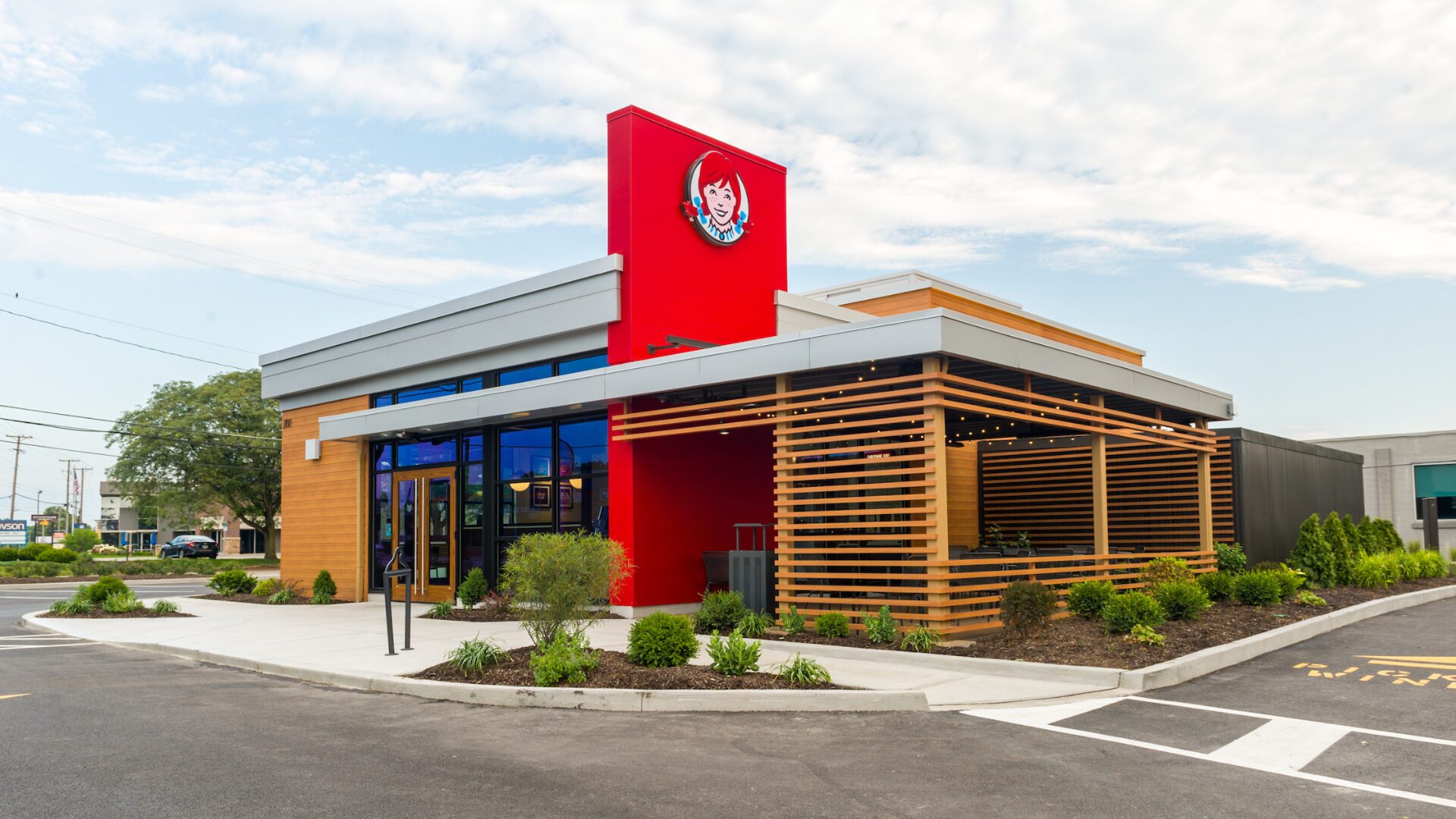On a recent earnings call, Yum Brands, the parent company of Taco Bell, Pizza Hut, and KFC, announced its goal to make 100% of its global system sales digital transactions. With that, the Louisville, Kentucky-based company is ramping up investments aimed at increasing digital sales, reported The Wall Street Journal.
What Are Digitally Driven Sales?
If at least one aspect of a customer transaction is initiated via electronic means, that sale is considered digitally driven. This includes placing orders online or via a mobile app, at a kiosk in the restaurant, or through a third-party service.
Using artificial intelligence to take customer orders in the drive-thru is another example of a digitally enabled transaction. Approximately 300 fast-food restaurants are already using AI in the drive-thru, including Carl’s Jr., Del Taco, White Castle, Wendy’s, and McDonald’s. Taco Bell is also reportedly experimenting with AI ordering, although the company is still in the early stages of testing, said Yum’s chief financial officer, Chris Turner, in an interview with CFO Journal.
What Are the Benefits of Going Digital?
According to Turner, a fully digital ordering system is appealing because digitally driven sales have historically led to larger orders, more orders from repeat customers, and greater marketing opportunities. “Time and time again, when we shift sales into digital channels, we see sales acceleration,” he said.
“Guests spend on average 10-30% more on digital transactions because they have more time to explore the menu and discover menu items they might like to add to their order,” said Bob Vergidis, chief visionary officer at pointofsale.cloud, to The Food Institute.
“Digital sales allow guests to take as much time as they want to place their order while at the same time reducing the cost for the restaurant since the guest is placing the order on their own,” said Vergidis.
And freeing up restaurant employees to focus on other tasks is one way to help alleviate the challenges of labor shortages and high turnover rates—two issues that continue to plague the industry. With that, 58% of restaurant operators reported that using tech and automation to combat labor issues will become more common this year, according to the 2023 State of the Restaurant Industry Report by the National Restaurant Association.
What Are the Digital Downsides?
While shifting to digital typically yields high returns, it is certainly an expensive investment. In 2022, Yum Brands reported $1.14 billion in general and administrative expenses, up from $917 million in 2019. The share of G&A expenses increased 10 percentage points over that period. Investments in driving digital sales aren’t responsible for most of these expenses, but they are a meaningful portion, said Turner.
It’s also important for restaurants to consider how prioritizing digital transactions will impact the customer experience. “Going all digital, if not done right, can alienate customers,” said Vergidis. “One of the biggest mistakes made by restaurants that go all-digital is not thinking about the entire customer journey.”
Will Cash Become a Thing of the Past?
Striving for 100% digital sales doesn’t necessarily signal the demise of paying in cash. McDonald’s kiosks, for example, don’t currently accept cash, but do offer an option to pay at the counter, where cash is accepted. Placing an order at the kiosk and then paying at the counter would still be considered a digital transaction.
There is currently no federal law mandating that a private business, person, or organization must accept cash as payment for goods or services. However, some states and cities have laws that prohibit businesses from refusing cash. Massachusetts, Rhode Island, and New Jersey all have such laws in place, in addition to New York City, San Francisco, and Philadelphia.
Ultimately, it will be up to fast-food operators to ensure that customers feel comfortable using technology to place and pay for their orders. When executed properly, digital sales should make life easier for everyone involved, but especially the customer.
“Technology should elevate the guest experience and be for the benefit of the customer,” said Vergidis. “And, all-digital doesn’t mean no people—it means people are playing higher value roles.”











